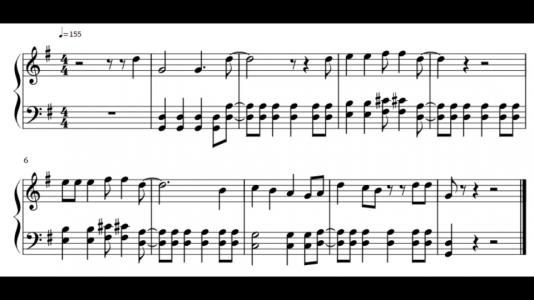PFDarkside
of the Forum
And by harmonize I mean select the correct chords....
This goes back 20+ years but for some reason I’m thinking about it.
Melody goes: G-D E-F#-D E-F#-D C-D
We just played power chords matching the melody. What’s a more “sophisticated” way to handle it? Or maybe just the “correct” chord to play over the F# as G, C, D and Emin are just fine. Was i “borrowing” from G Lydian for the F#5? (Half diminished sounds ridiculous in a pop punk format... )
)
What do you think?
This goes back 20+ years but for some reason I’m thinking about it.
Melody goes: G-D E-F#-D E-F#-D C-D
We just played power chords matching the melody. What’s a more “sophisticated” way to handle it? Or maybe just the “correct” chord to play over the F# as G, C, D and Emin are just fine. Was i “borrowing” from G Lydian for the F#5? (Half diminished sounds ridiculous in a pop punk format...
What do you think?

